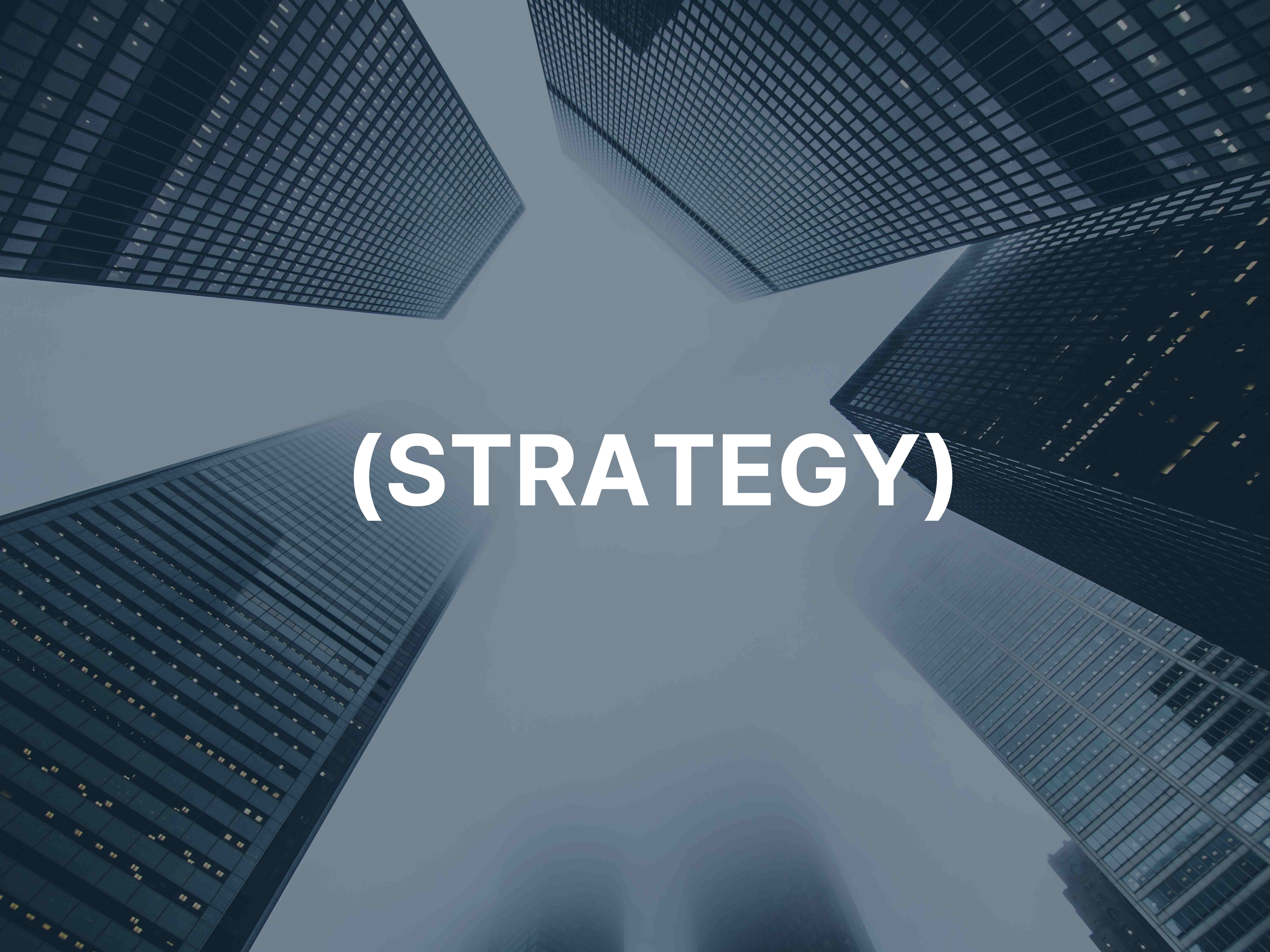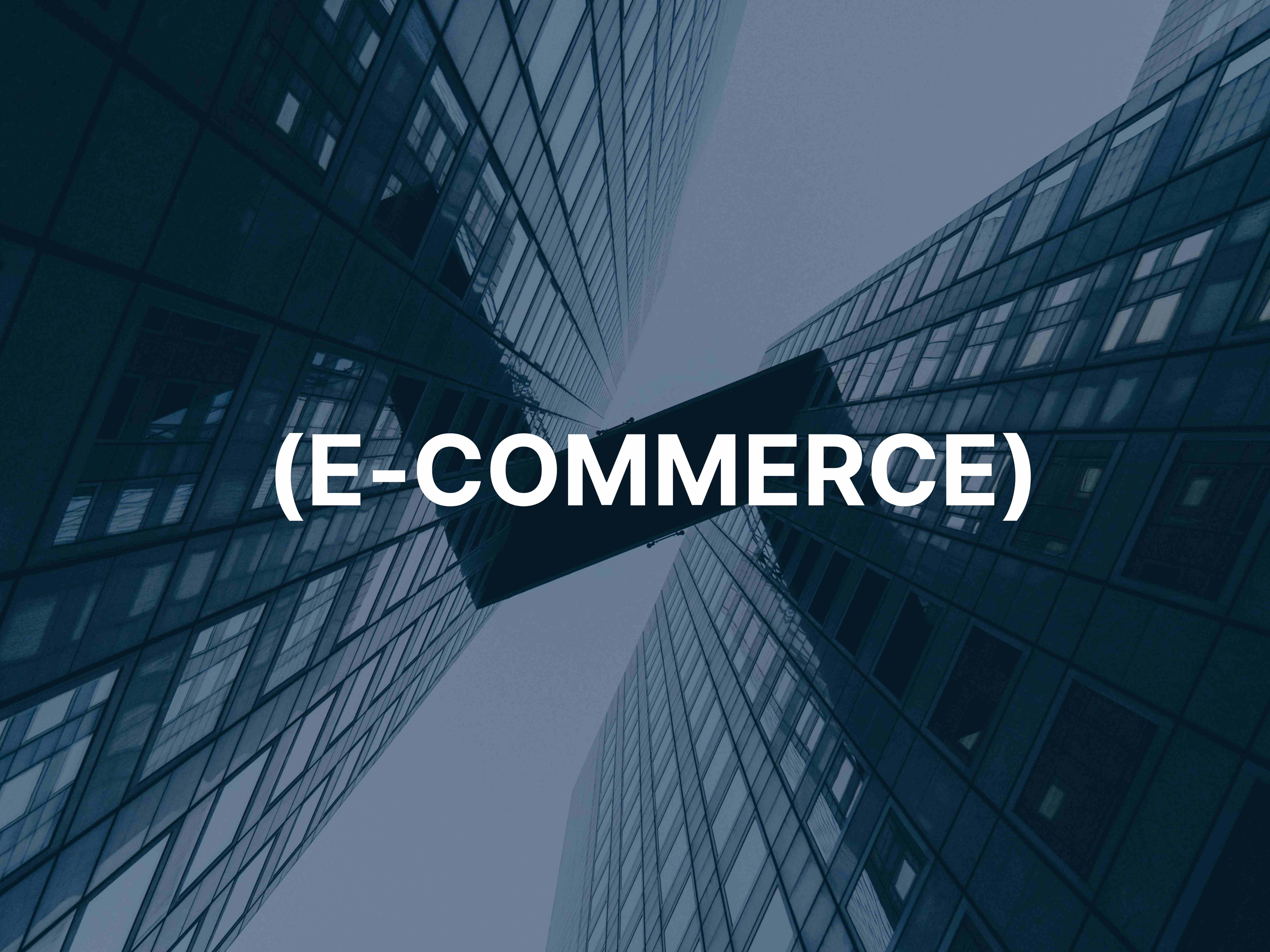A sales funnel is one of the most powerful tools in digital marketing, yet many small business owners struggle to understand and implement it effectively. At its core, a sales funnel is a visual representation of the customer journey from initial awareness to final purchase. By strategically guiding potential customers through this journey, you can significantly increase your conversion rates and grow your online business. Here's a comprehensive guide to understanding and building an effective sales funnel:
5 Key Points:
- Customer Journey Mapping: Understand the four main stages of the sales funnel (awareness, interest, decision, action) and map out how your specific customers move through each stage in your business.
- Stage-Specific Content: Create targeted content for each funnel stage—educational content for awareness, solution-focused content for interest, comparative content for decision, and conversion-focused content for action.
- Lead Capture Optimization: Implement strategic lead magnets and opt-in forms that offer genuine value in exchange for contact information, with clear next steps that move prospects deeper into your funnel.
- Automation Implementation: Set up email sequences and follow-up systems that nurture leads automatically based on their behavior and funnel position, maintaining engagement without requiring constant manual effort.
- Continuous Testing: Regularly analyze conversion rates between funnel stages to identify and fix leaks, testing different approaches for underperforming sections to continuously improve overall funnel performance.
1. Understanding the Sales Funnel Concept
A sales funnel visualizes the customer journey as a funnel because, typically, the number of people decreases at each stage. The standard sales funnel consists of four main stages:
- Awareness: Potential customers become aware of your business and the solutions you offer
- Interest: They show interest by engaging with your content and learning more about your offerings
- Decision: They evaluate your solution against alternatives and consider making a purchase
- Action: They take the desired action (making a purchase, signing up, etc.)
Understanding this framework is essential, but it's equally important to recognize that your specific business may have unique stages or considerations. A local service business in Fort Worth mapped their customer journey and discovered they needed an additional "trust-building" stage between interest and decision due to the high-value nature of their services.
2. Creating Content for Each Funnel Stage
Each stage of the funnel requires different types of content to effectively move potential customers to the next stage:
- Awareness stage content: Blog posts, social media content, videos, and podcasts that address common problems or questions
- Interest stage content: Email newsletters, guides, webinars, and case studies that showcase your expertise and solutions
- Decision stage content: Product comparisons, testimonials, reviews, and free trials that help customers evaluate your offering
- Action stage content: Special offers, clear calls-to-action, simplified checkout processes, and purchase confirmations
A home service company in Plano created a series of educational videos addressing common household problems (awareness), followed by solution guides (interest), service comparison charts (decision), and special first-time customer offers (action). This content strategy increased their conversion rate by 45% over three months.
3. Building Your Lead Capture System
The transition from awareness to interest often involves capturing contact information, typically through lead magnets and opt-in forms. Effective lead capture systems include:
- Valuable lead magnets (e-books, checklists, templates, free consultations)
- Strategically placed opt-in forms on your website
- Clear value propositions that explain what visitors will get in exchange for their information
- Simple forms that request only essential information
- GDPR and privacy law compliance
A financial advisor in Dallas offered a free retirement planning checklist as a lead magnet and saw their lead generation increase by 78%. The key was offering something that provided immediate value while naturally leading into their service offerings.
4. Implementing Automation and Follow-up Systems
Once you've captured leads, you need systems to nurture them through the funnel. Email marketing automation is particularly effective for this purpose:
- Welcome sequences that introduce new subscribers to your business
- Educational email series that build trust and showcase your expertise
- Segmented campaigns based on subscriber interests and behaviors
- Abandoned cart or follow-up sequences for prospects who showed interest but didn't convert
- Re-engagement campaigns for inactive subscribers
Tools like Mailchimp, ConvertKit, ActiveCampaign, or HubSpot can help you implement these automated sequences without requiring constant manual effort.
5. Analyzing and Optimizing Your Funnel
A sales funnel is never "finished"—it requires ongoing analysis and optimization. Key metrics to track include:
- Traffic sources and volumes at the top of the funnel
- Conversion rates between each funnel stage
- Time spent in each stage of the funnel
- Cost per lead and cost per acquisition
- Overall funnel value (average customer value multiplied by conversion rate)
Look for "leaks" in your funnel—stages where you're losing a high percentage of potential customers—and focus your optimization efforts there. A/B testing different approaches can help you identify what works best for your specific audience.
At New Age Adaptation, we help small service businesses in the DFW area build effective sales funnels that convert prospects into loyal customers. Our approach combines strategic planning with practical implementation, ensuring your funnel aligns with your business goals and customer needs.
Ready to build a sales funnel that drives consistent growth for your online business? Schedule a free consultation with our team to discuss your specific goals and challenges.


